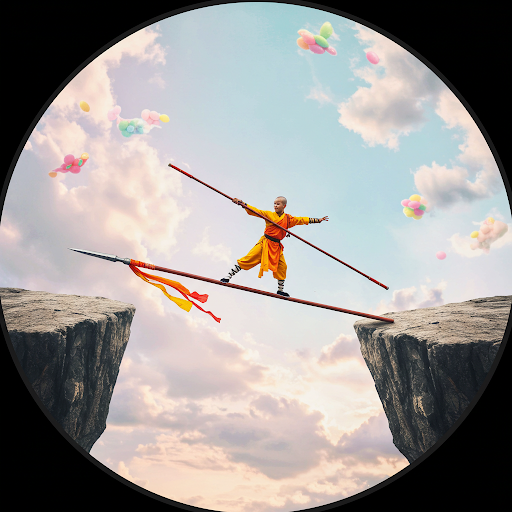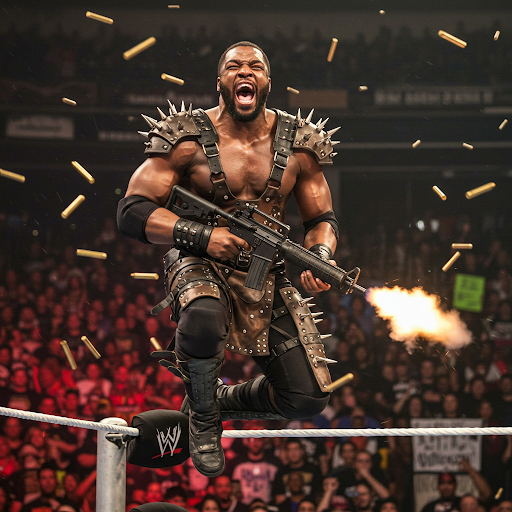
Alright, let’s talk about warriors. Because apparently, according to half the goddamn internet gurus selling supplements and tactical LARPing gear, every dude with a beard and a podcast app is descended from a long line of Spartan super-soldiers or Viking berserkers. “Men are warriors!” they scream into their expensive microphones, flexing biceps probably built more by vanity than valor.

It sounds cool, right? Taps into something primal. Makes you wanna beat your chest, maybe growl a little. I get it. Back in my knuckle-dragging days, I ate that shit up. Pictured myself as some modern-day Leonidas, ready to hold the line against… well, against what? Annoying emails? Traffic jams? The crushing weight of existential dread? It felt good, though. Felt strong. Felt simple.
But here’s the punchline, delivered with the subtlety of a Sick of it All breakdown: It’s mostly historical fan-fiction. These gurus cherry-pick the most badass-sounding bits of history, strip them of all context, ignore the brutal realities, and serve up a sanitized, action-figure version of the past to sell you a feeling. A feeling of power you probably lack in your actual life.
Let’s take their favorite poster boys. The Spartans. Yeah, 300 facing down Xerxes at Thermopylae – great movie, inspiring story of sacrifice. But what was Sparta, really? It was a brutal, militaristic slave state built on the backs of the Helots, a subjugated population they systematically terrorized and murdered just to keep them in line (look up the Krypteia – secret police teenagers sent out to kill Helots). They practiced state-sponsored infanticide, ditching babies deemed “unfit.” Their culture outside of war? Pretty fucking barren. And ultimately? They lost. Their rigid system couldn’t adapt. They weren’t noble warriors defending freedom; they were paranoid oppressors defending a deeply fucked-up system. Not quite the #Goals material the memes suggest.

Or how about the Vikings? Cue images of giant dudes with horned helmets (historically inaccurate, by the way) leaping off longships, axes swinging, ready to pillage and plunder. Badass! Except… that’s only part of the story. Yeah, they were brutal raiders and slavers. But they were also farmers, traders, explorers, complex societies with laws and art. Life for the average Viking wasn’t glorious battle; it was often short, hard, and ended badly from disease, starvation, or getting stabbed over a land dispute, not dying heroically in a shield wall. And using Howard Zinn’s lens here: who really benefited from all that raiding and dying? Mostly the Jarls and kings who got the lion’s share of the loot and glory, while countless anonymous dudes ended up as crow food far from home. The average Viking warrior was often just cannon fodder for his boss’s ambitions.
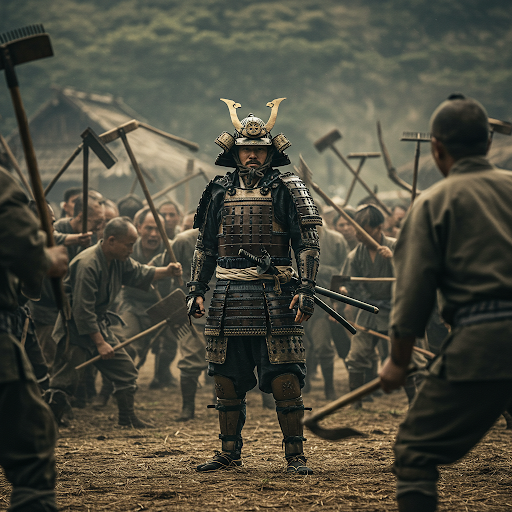
Even the Samurai, often held up as paragons of disciplined warrior virtue thanks to Bushido. The reality? Centuries of brutal civil war, betrayals, political maneuvering that would make Machiavelli blush. Bushido itself was largely codified after the major wars ended, during the peaceful Edo period, sometimes as a way to romanticize a past that was far bloodier and less honorable than the code suggested. Many samurai in peacetime were essentially bored bureaucrats carrying swords they rarely used for anything other than status.
So why this relentless focus on the most violent, often fictionalized, aspects of warrior cultures? Psychology 101: It’s an easy narrative. In a complex world where masculinity feels confusing or under attack (at least according to these same gurus), retreating into a simple fantasy of brute force and clear enemies feels powerful. It’s compensatory. Feeling powerless in your cubicle? Imagine you’re Conan the Barbarian! It’s also identification with perceived strength. You might not be strong, but if you align yourself with these hyper-masculine symbols, maybe some of it rubs off. It’s easier than doing the actual hard work of building real strength.
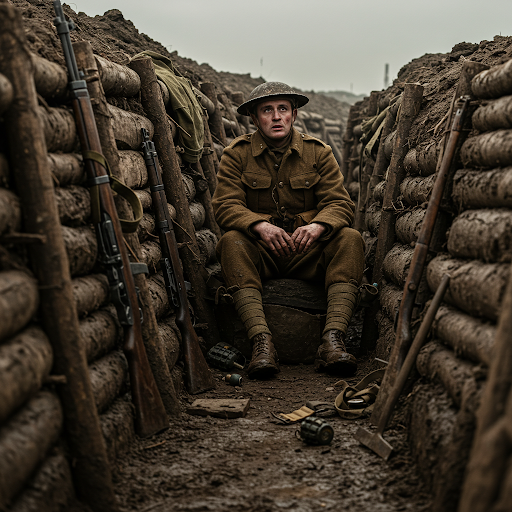
But here’s the kicker: even the idealized warrior codes these bros pretend to follow often emphasized things they conveniently ignore. Bushido, in its romantic form, wasn’t just about fighting; it stressed loyalty, honor, self-discipline, compassion (yes, compassion), mastering oneself, and the importance of things like poetry and calligraphy. It was about controlled strength, not mindless rage.
Think about Marcus Aurelius, the Stoic emperor-warrior. He spent years on campaign, fighting Germanic tribes. But his Meditations aren’t filled with bloodlust; they’re about duty, resilience, self-control, managing fear and anger, acting justly even towards enemies. His strength was internal discipline, not just swinging a sword harder.
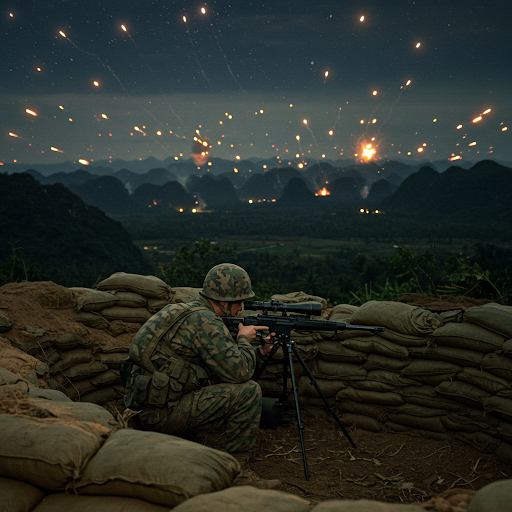
Even Bruce Lee, a modern martial arts icon, constantly stressed efficiency, self-knowledge, and avoiding conflict if possible. “The art of fighting without fighting.” His famous “Be like water” quote is about adaptability and yielding, not just smashing through obstacles like a berserker. He understood that true mastery involves control and precision, not just raw aggression.
This brings us to the crucial difference: Protective Strength vs. Performative Violence.
- Protective Strength is having the capacity for force but using it judiciously, defensively, responsibly. It requires discipline, training, ethical judgment, and immense restraint. Think of a firefighter running into danger, a well-trained soldier adhering to rules of engagement, a martial artist defending themselves or others as a last resort. The goal is protection, preservation, duty.
- Performative Violence, which is what these “warrior” fantasies often fuel, is about posturing. It’s the bar fight over perceived disrespect, the online troll spewing threats, the dude obsessed with military gear who’s never faced real danger. It’s aggression for ego, for entertainment, for feeling powerful by intimidating others. It lacks discipline, ethics, and usually, any real courage. It’s the aesthetic of violence without the substance or the terrible cost.
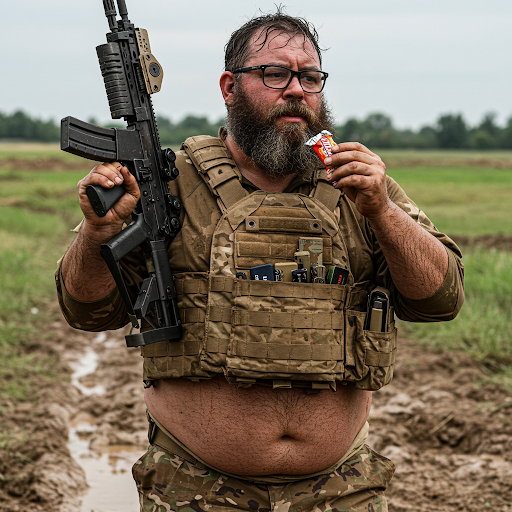
This modern “warrior” cosplay is mostly just that: cosplay. It’s dudes buying tactical gear they don’t need, adopting military jargon they don’t understand, glorifying violence they’ve never experienced. It fuels online anger, real-world posturing, and sometimes, tragically, actual violence disconnected from any sense of justice or necessity. It’s selling a dangerous fantasy, often to insecure men, packaged with protein powder and affiliate links.
True strength isn’t about fantasizing about being a Viking. It’s about discipline – the boring kind, showing up day after day. It’s about courage – the kind needed to face your own flaws, to be vulnerable, to stand up for what’s right even when it’s hard. It’s about protecting those who need it, controlling your impulses, and understanding that violence is a terrible tool, never a lifestyle choice.
Stop LARPing as history’s killers. Focus on building the quiet strength of character, competence, and responsibility. That’s the warrior spirit worth cultivating. The rest is just noise, fury, and ultimately, bullshit sold to you by guys who probably couldn’t fight their way out of a paper bag.
.
